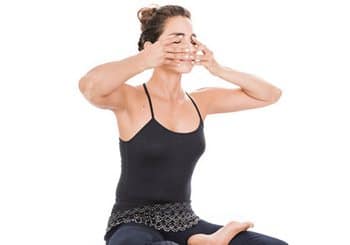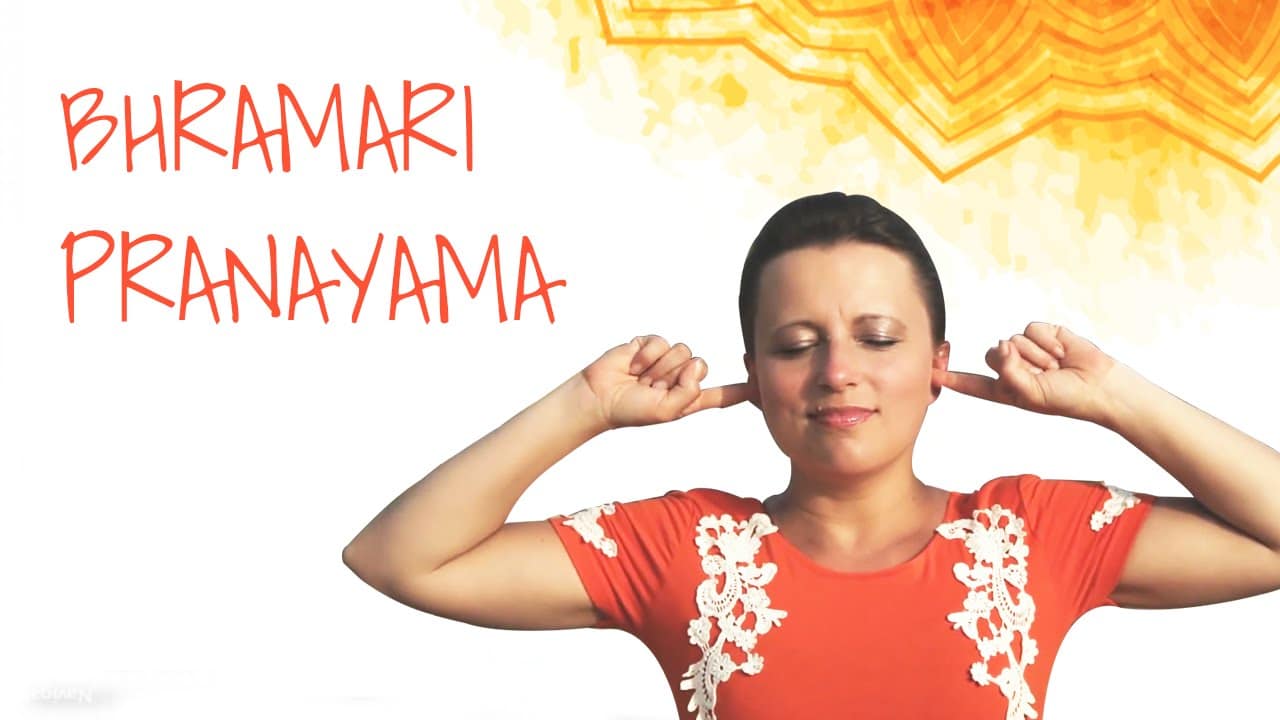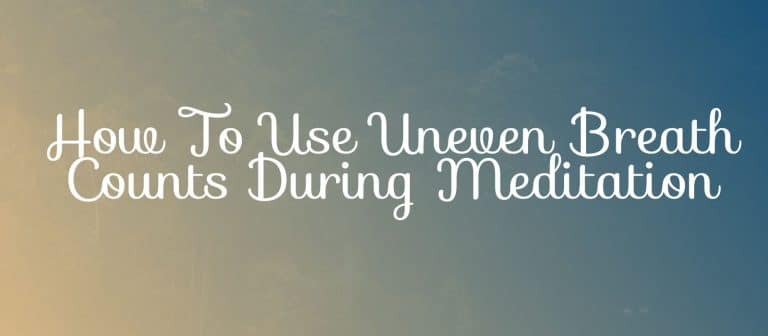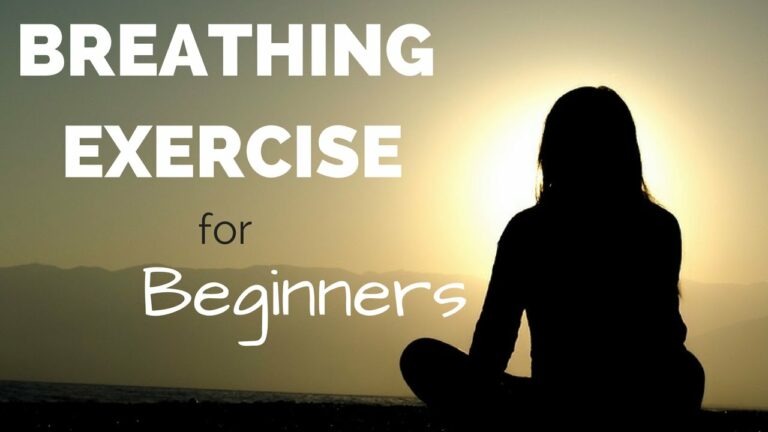Bhramari Pranayama, also known as the “Bee Breath” is a traditional yogic breath technique used to relieve tension and stress and clear the mind by creating a buzzing sound in the brain and forehead.
In this post I’ll go through what bhramari pranayama is, and how to do this simple but powerful practice.
Browse our complete list of pranayama techniques.

What Is Bhramari Pranayama? Meaning and Definition
Bhramari is a Sanskrit term that refers to a type of black bee found in many regions of India. Pranayama refers to the flow of breath and life-force energy through the body.
Thus, Bhramari pranayam is often translated into English as “bee breath.” This name is due to the fact that the practice creates an audible buzzing sensation, like the sound of a bee.
How To Do The Bhramari Pranayama Technique
To practice bhramari pranayama, it is best to do a bit of a warm up, such as a few stretches or easy vinyasa postures, but to still incorporate it towards the beginning of a yoga practice. This is because the breath is an activating breath technique, and will help to awaken the mind.
To do the breath, first sit up straight in a comfortable position. Bring your awareness into your body, and take a few moments to observe the normal pace of your breath.
Then, bring your hands to either side of your head, and use your index fingers to gently press against the cartilage of your ear. The fingers should press at the base of your ear, close to the point where your ear connects to your upper cheek and jawbone.
Alternatively, you can place your hands so that your thumbs rest against your ear cartilage, and your index fingers move forward to press gently into the center of your forehead, with your lower fingers resting lightly on the bridge of your nose.

Next, part the teeth slightly, allowing your tongue to rest at the bottom of your mouth as your lips remain closed.
Maintaining this position, take a long inhale in and on the exhale begin to hum loudly. The position of the hands and mouth will cause this sound to feel more intense inside the head than it does outside, and you can begin to feel into the vibrations of the sound.
Repeat this sound for several minutes, and, when you are ready, remove your hands and return to your normal breath, noticing the sensations in your head and, in particular, your 6th chakra, third eye center.
Video Demonstration: How To Do Bee Breath
Watch this short explanation and video demonstration of how to practice bhramari pranayam.
Benefits of Bee Breath
This breath works to soothe the nerves around the brain and forehead. It will have an easy, calming effect on your mind, while stimulating your awareness and awakening the vital energy in the body.
As a result, this breath is known to reduce headaches, and is a particularly effective practice for those who experience migraines. The vibrations of the sound will soothe the mind by relieving tension that you’ve built up in your forehead and upper skull.
By relieving this pent up energy, you can also reduce your blood pressure, increase your memory capacity, and over time build a higher degree of confidence and clarity with regard to your actions.
Other pranayama exercises with similar effects include alternate nostril breathing, anuloma viloma, kapalabhati breath, and murcha pranayama, all of which can be used to increase awareness of the third eye center and relieve tension in the brain.




